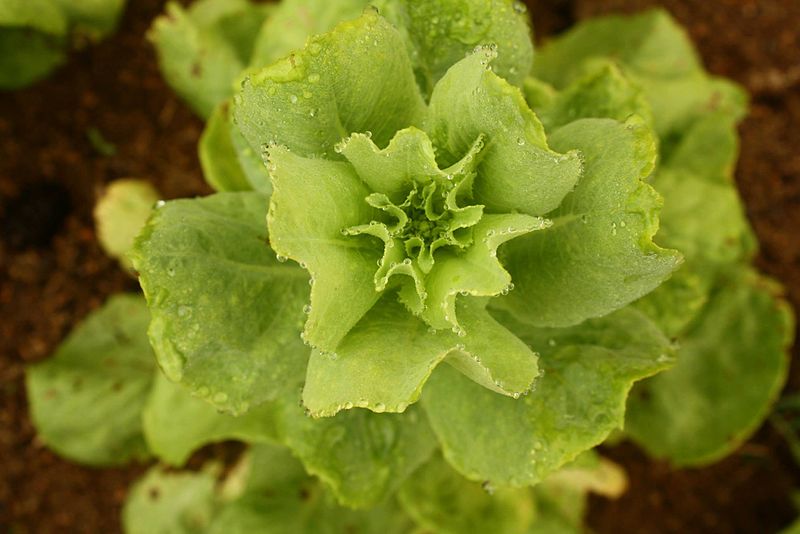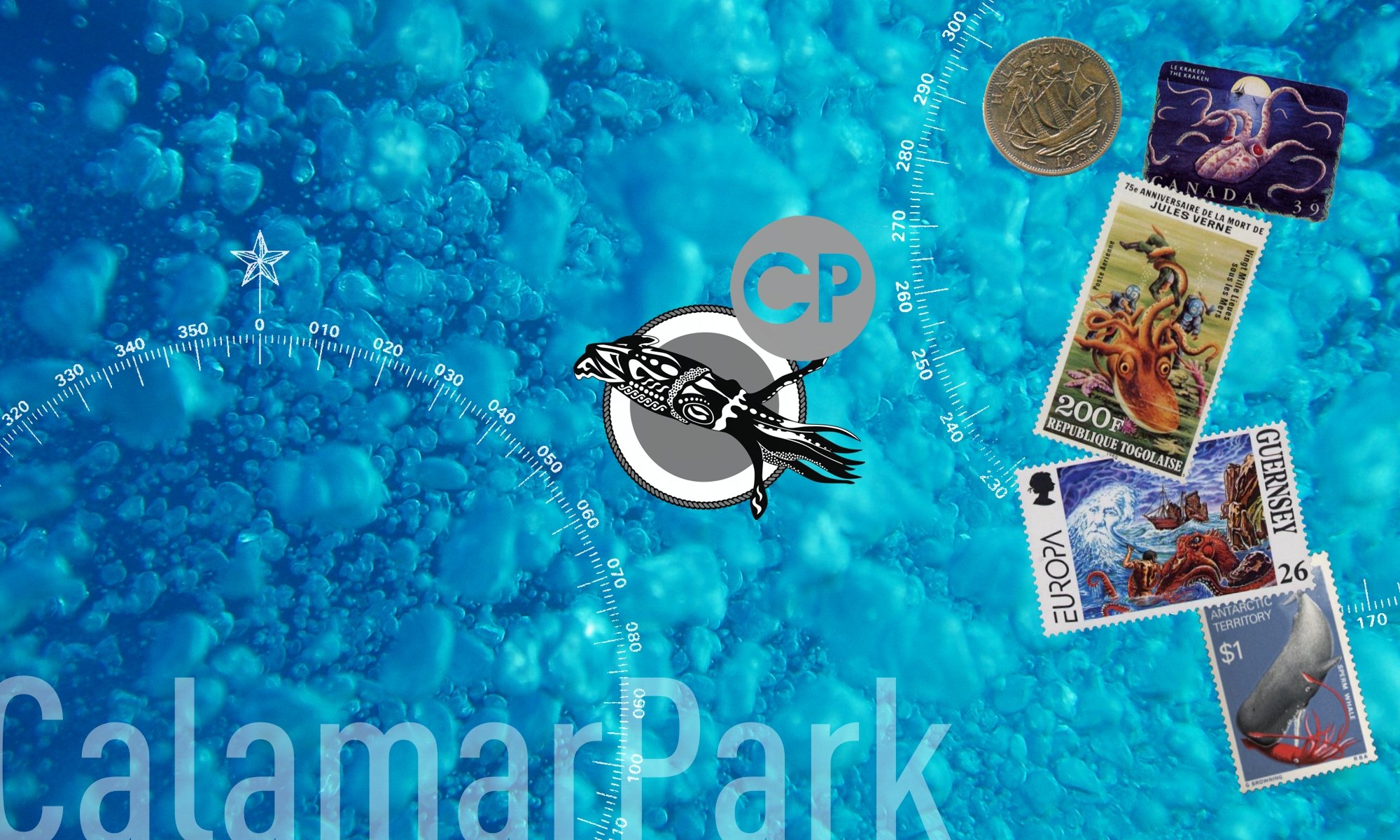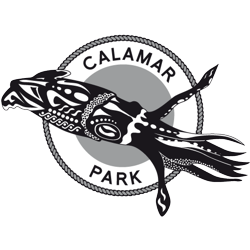 For long-term stays in an underwater station, a plan for ideal nutrition is required, which takes into account the special circumstances such as increased-pressure environments and reduced sunlight. This section will discuss the specific requirements and the resulting dietary recommendations, which include environmental considerations (avoidance of waste…), safety precautions (avoidance of contamination of the habitat atmosphere…) and alternative sources of supply (own production, finished products…). Some considerations will require a certain design of the corresponding habitat sections. Contact us for access to the whole article.
For long-term stays in an underwater station, a plan for ideal nutrition is required, which takes into account the special circumstances such as increased-pressure environments and reduced sunlight. This section will discuss the specific requirements and the resulting dietary recommendations, which include environmental considerations (avoidance of waste…), safety precautions (avoidance of contamination of the habitat atmosphere…) and alternative sources of supply (own production, finished products…). Some considerations will require a certain design of the corresponding habitat sections. Contact us for access to the whole article.
Image from Wikimedia Commons; Obrer / CC BY-SA (https://creativecommons.org/licenses/by-sa/4.0)


 We are happy to announce that Rob Bryan
We are happy to announce that Rob Bryan 



